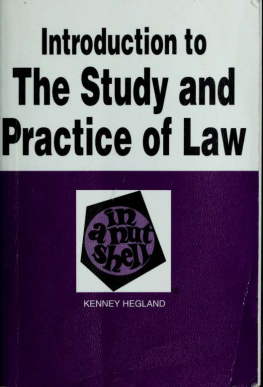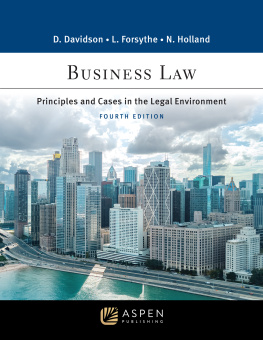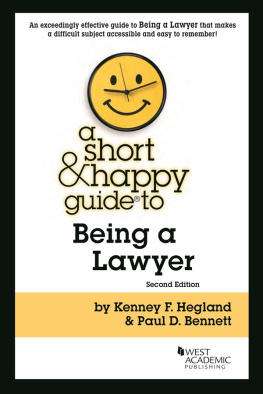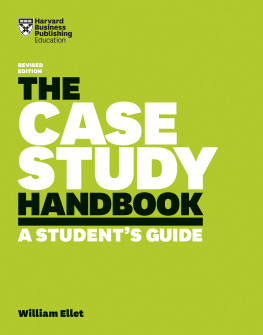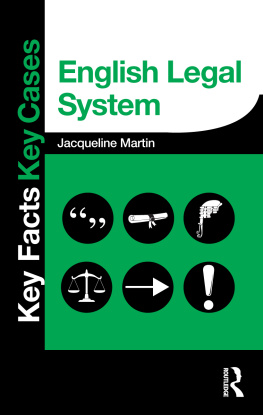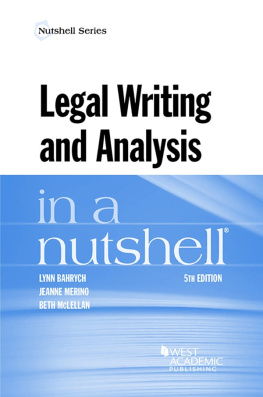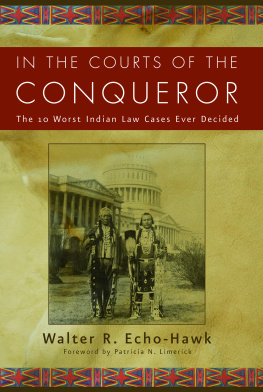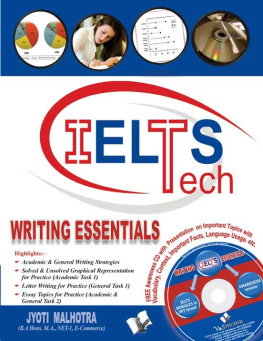This book made available by the Internet Archive.
In memory of
Arthur Left and Grant Gilmore, Hall of Famers
And dedicated simply to lawyers,
In good times, great jokes; In bad, great friends
PREFACE
This book will make you a better law student and, down the road, a better lawyer. I'm thrilled to be a part of your professional development.
Standing on the shore, about to depart, you have doubts, questions.
"What lies ahead?"
"Will I make it?"
"Have I found my life's work?" ^
"Will I be happy?"
"Do I have to read the whole book?"
Well, no ... at least not now.
To begin, read only the first fifty pages. You'll learn the key skills: legal analysis and argument. Don't leave home without them; otherwise your first weeks in law school will be a blur.
But maybe you aren't a law student; maybe you just picked this book up in hopes of learning something about the law and something about the profession. Maybe you are thinking about law school in the future ("What's it like and will I like it?") or maybe some of your best friends are lawyers ("What ever happened to them?"). Maybe, like George, you're just curious.
PREFACE
What is it "to think like a lawyer"? How are lawyers trained? Why are they trained that way? What are the premises of the adversary system? What are the ethical and psychological pressures on lawyers? What is the "common law" and what is the relationship between courts and legislatures? How do judges decide questions of law? How do juries decide questions of fact? And which is which and which came first?
Whatever your goal, be you a beginning law student or a liberal arts reader, this book will provide you with a unique "hands on" experience in the art of lawyering.
You will throw pots. I will describe and illustrate the key skills: legal analysis, legal argument and, oh yes, exam taking. Then I will give you an opportunity to develop and practice those skills: cases to analyze, arguments to construct and exams to take.
Throw pots and you will soon be "thinking like a lawyer" (and perhaps even mixing metaphors like one). The more you put into your pottery, the more you will teach yourself about the art of lawyering. As for me, I'll stick around, offering encouragement, a few words of advice and, of course, an occasional joke.
But we have many miles to ride before we sleep. Which woods should detain us?
Again, Part One, on legal analysis, is essential. Because Part One is essential, reread it later in
PREFACE
your first semester, after five or six weeks. You will be amazed with how much you have learned and, on second reading, you will simply understand things at a much deeper level. This is important stuff-Part Two of this book focuses on "Studying Law." You will practice fundamental law school skills: reading and briefing cases and taking law school exams.
Part Three takes you through a typical lawsuit, from late night TV advertising to closing argument. Law students will see how classroom materials play out in the real world; liberal arts readers will be able to astonish, amaze (and eventually disgust) friends and relations by pointing out petty flaws in Perry Mason.
Part Four deals with basic law school skills, legal writing, legal argument (Moot Court) and legal research. Don't read this part in advance; it will make more sense when you face the actual tasks in law school.
Part Five deals with the "Great Hereafter," the second and third years and career choices. One chapter discusses what to take and what to do in the second and third years of law school. It includes a short history of legal education, a description of underground activities such as Law and Literature, and offers suggestions as to pro bono activities in law school.
PREFACE
The chapter "Career Choices" deserves an early peek. During your first year of law school, don't be overly concerned with what you will eventually do. However, a little thought now might help you find the perfect job later, a job which puts a smile on your face and a spring in your step.
The last chapter, "Lawyers Talk What They Do," should be of interest to both law students and the liberal arts reader.
I have many debts to acknowledge.
First, to my students, at Arizona, Harvard and U.C.L.A. What a delightful job it is to be with curious and energetic folks at the beginning of a major new task; we meet temporarily but intensely. Thanks for inspiring me; thanks for perplexing me.
Second, to people who helped me write this book: Mohyeddin Abdulaziz, Charles Ares, Bill Boyd, Dan Hobbs, Jamie Ratner, Andy Silverman, Tom Sullivan, David Wexler and Winton Woods. I would like to particularly thank Barbara Atwood, Carol Eliot, Toni Massaro and Karen Waterman for their review of particular chapters.
Then there is Kay Kavanagh. She read the entire manuscript, made great suggestions and was mar-velously supportive. (Struggling authors, send her your stuff.)
PREFACE
I would also like to thank Jamie Ratner for all of his wonderful insights into legal education and for his spirited resistance to most of mine.
My sister, Sherina Cadmun, read the manuscript and, as always, helped in many ways and at many levels. Of course, if any poetry is misquoted, it's her fault. My parents, Edwina Kenney and "Heg", taught me so much about writing; even though they are now gone, their insights are part of me. My wife Barbara and my three older sons, Robert, Alex and Caleb, read chapters, made wise cracks, and offered advice and encouragement. As to Little Ben, frankly, he has yet to play his part.
When it came time to get down in the trenches of manuscript preparation, spelling words, if not correctly, at least consistently across hundreds of pages, Sandy Beeler was there. Thanks to her good cheer and competence, we got through.
I wish to thank the authors and publishers who have given permission to reprint copyrighted material:
Turow, One L. Excerpts reprinted with permission of G. G. Putman's Sons.
Mueller and Rosett, Contract Law and Its Applications. Excerpt reprinted with permission of Foundation Press.
Noonan, Persons and Masks of the Law. Excerpts reprinted with permission of author and Farrar, Straus and Giroux.
PREFACE
Along these lines, I note that the chapters on legal writing and on legal argument are pretty much the same as those chapters in my other Nutshell, Trial and Practice Skills 2d. Ed (West, 1994). That book is designed for second and third year students so not to worry, you will have probably already forgotten what I say in this book.
Finally, I would like to kick a little sand in the faces of my two dear friends at U.C.L.A., David Binder and Paul Bergman. Perhaps they are spending too much time at the beach. I believe, he said reluctantly, that this makes for two unanswered books (but, hey, who's counting?).
Kenney Hegland
March, 1995
OUTLINE
Page Preface v
Prologue: Law School 1

